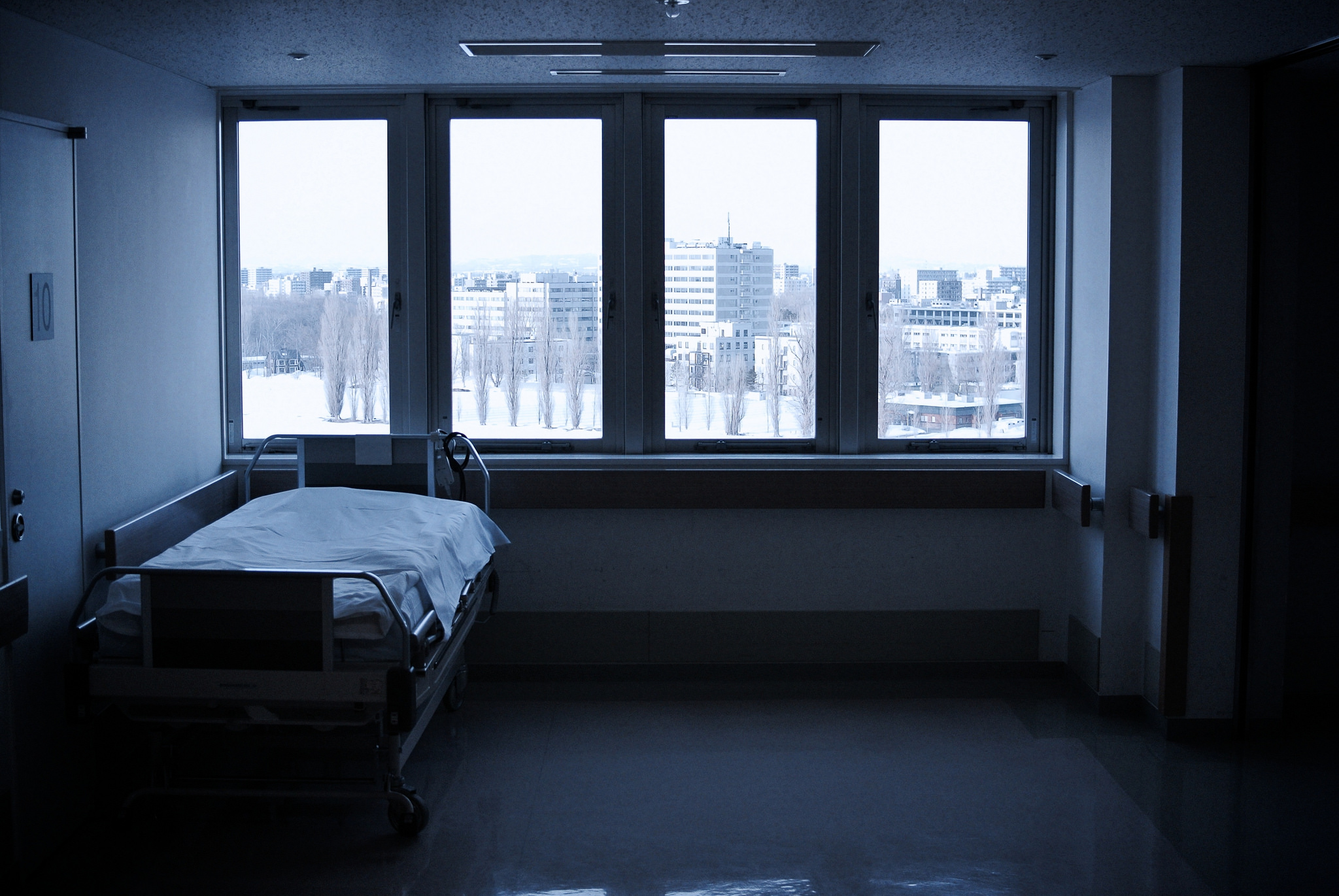
The following manuscript was submitted to the May 2017 Mental Health Themed Writing Contest.
The unexpected suicide of a graduate of our surgical residency program — nearly seven years ago — still reverberates off the walls of Stanford Hospital. While he didn’t end his life on the premises (that happened during fellowship in another city), the effects of his tragic death subdue the residency to this day.
His passing was well publicized, along with the surgery department’s consummate reaction: the “Balance in Life” program, created in his honor, acquired national attention and graced the pages of JAMA Surgery. The contents of this program? A well-stocked refrigerator accessible 24/7, a scheduled half-day retreat during the year, and semimonthly psychological counseling sessions, required for only some residents. The program attempts to encourage an atmosphere of openness, and maintains that should one entertain suicidal ideations, immediate help is available.
Although welcomed, does this program promote its intended purpose of “balance in life”? Any definition of balance includes some nod towards “equilibrium” or an “even” distribution of forces.
Yet, survivors of surgical training know that their lives were anything but equilibrated. There is nothing balanced about working the ACGME legal limit of 80 hours per week — not including ‘home-call’ related activities such as electronic charting, answering patient phone calls throughout the night, research, or preparing the following week’s morbidity & mortality conference. One hundred hours? Easily.
I am honored to train at such an outstanding program, but I am unnerved every time a medical student or retired physician tells me that it must be nice to train as a surgeon now that we have “balanced lives.” When my twin boys were born a year ago, I went 10 days without seeing them or their overwrought mother, my wife. That is not balanced. I worked a period of six weeks straight without a day off, although my average days off for the entire rotation was 100 percent compliant at one day per week. That is not balanced.
Surgery, and all of medicine for that matter, may no longer have the option to ignore the balance question: future generations of physicians will demand it. So, how might we find balance if stocked refrigerators and half-day retreats do not touch the core issues?
First, we must identify the root of the problem. Recently, a prominent surgeon gave a talk to our residents on time management. I attended the lecture with bated breath and open eyes. What better source for delivering the secret to balance than an expert? After all, he has a great family and is one of those people that really seems to “have it all.” After 40 minutes of discussing how one must meticulously plan out the next 10 to 20 years to rise to a level of excellence, one of the last items on his list was family. Not the first, or the second or the third, but somewhere down in the teens, family was mentioned. And by family, it was children. There was no mention of spouse. What was the trick with children? Bring them to conferences. Kill two (or three) birds with one stone: get credit for attending the conference, showcase your very best research, and squeeze in a family vacation to a new domestic city, or better yet, an exotic land. My peers and I left the talk speechless. I am sure he wanted us to leave the talk that way, but instead of the intended inspirational speechlessness, we walked away feeling disconnected and out-of-touch. One peer said, “How can he honestly expect us to follow that path, when he mentions family as an afterthought?” And here we find the problem behind balance and burnout.
There is a generational clash on the horizon, demonstrated by a recent survey of millennial physicians by the American Medical Association, and we are already seeing the effects. In some parts of the country, two physicians are replacing one because incoming docs have different expectations for their work-life balance; that is, they actually want balance in their lives. Where prior generations sacrificed themselves for a calling, today’s young doctors see medicine as a job, and want it all. I don’t mean just mothering or fathering children. They want to actually spend significant time with their families and outside interests. What’s more, even if we had enough physicians to divide the work of prior generations, there is no money to pay for it.
So what is the solution? If we want to end physician burnout and suicide, we need to understand the expectations of young physicians and potentially transform the labor force and care delivery of our current system. The tsunami of incoming millennial physicians will only exacerbate this. In the interim, programs like “Balance in Life” are the best way of supporting an unbalanced life, but it should only be viewed as a crutch until the system can change. Where do we find the lowest rates of physician burnout? Not surprisingly, it is in health systems that have robust integration of mid-level providers and electronic clinical decision support that offloads physicians. It is in large groups where call is divided and responsibility rests on everyone’s shoulders.
Nothing is more inspirational than the heralded community doc that never took a day off, saw clinic patients for 12 hours a day, admitted and discharged all hospitalized patients into the night, and answered every patient call 24/7. But few want that job anymore. Call young physicians entitled, or any other degrading term. We cannot force people to work, and if we cannot change the system to the needs of current physicians, we will continue to see physicians leave the profession either through the front door, or the grave.
Image credit: Sapporo City General Hospital by MIKI Yoshihito licensed under CC BY 2.0.

